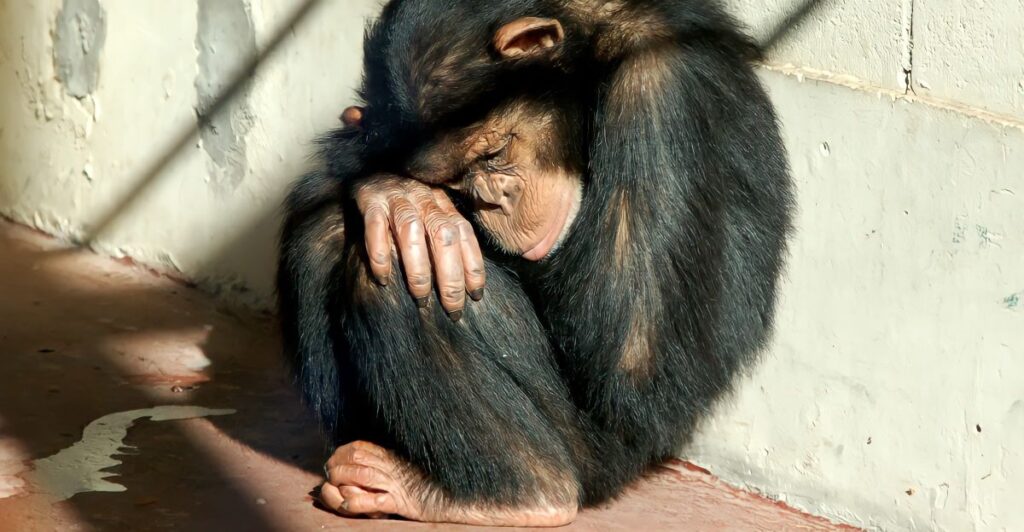
Death doesn’t always come announced. In some cases, it comes softly: a whispered secret, expected yet hidden. There are species whose behavior is so particular that it seems like they know that they are dying.
Scientists have seen silent departures, death journeys, and unexpected ceremonies. These behavior patterns transcend nature: they are whispers of sense, intuition and perhaps even a deeper understanding of the way of life.
Do these animals feel an environmental change? A subtle change in chemistry? Or is it another sensation or instinct we can’t quite grasp? Either way, certain creatures don’t just die: they prepare for their death. They say their goodbyes in mysterious ways. Get ready to discover 10 animals that seem to know when their time is coming. And what they do about it might shock you.
1. Dolphins – Compassion Under the Sea

Dolphins are among the most socially evolved creatures in this world, and what they do when a member of their group is dying is impressive. When a dolphin gets sick or is on the verge of death, others in the pod will attend to it physically by swimming underneath it to facilitate its breathing.
They typically stick together until death, never leaving a stranded pod member behind. In some reported instances, dolphins have even carried deceased pod members for hours or days.
Scientists don’t quite know why this happens. But these behaviors suggest empathy and strong social attachment. Their response to death seems almost human-like. It makes us see dolphins not only as intelligent swimmers, but as feeling creatures, deeply experiencing the realities of life and death.
2. Elephants – The Grieving Giants
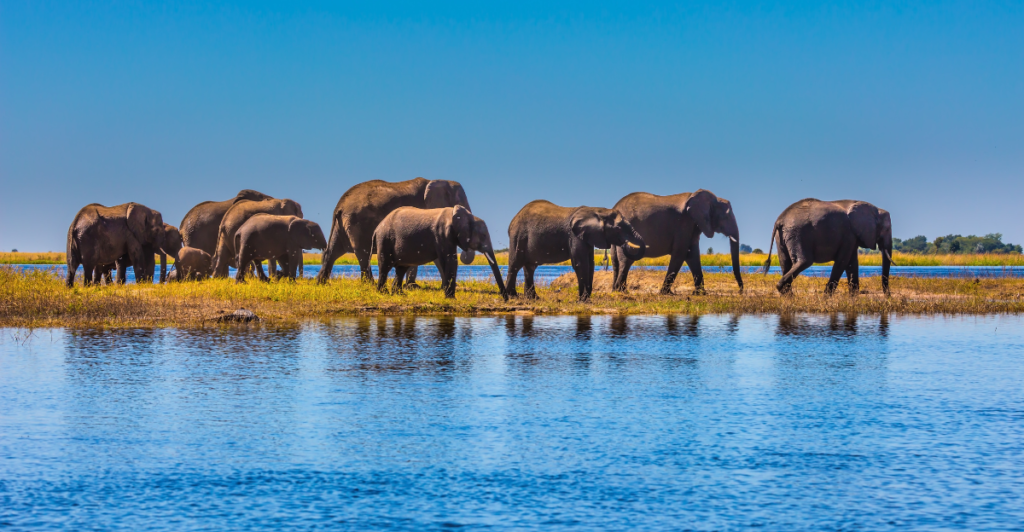
Elephants are known for their emotional intelligence and memory, and their reaction to death demonstrates this. If a member of the herd is dying, elephants will stand guard, softly touching or stroking their fellow elephant’s body with their trunks.
They sometimes cover the body with leaves or dirt. Some elephants stay around it for days, returning to the same spot repeatedly. They even touch the bones of family members who passed away many years ago.
What drives this behavior, no one knows, but it’s difficult not to tell whether they are truly mourning or not. Scientists term this “thanatology”; the animal response to death. And elephants are perhaps the creatures with the strongest response. They are proof of just how deeply loss can reverberate in the animal world.
3. Cats – Silent Sentinels of Death
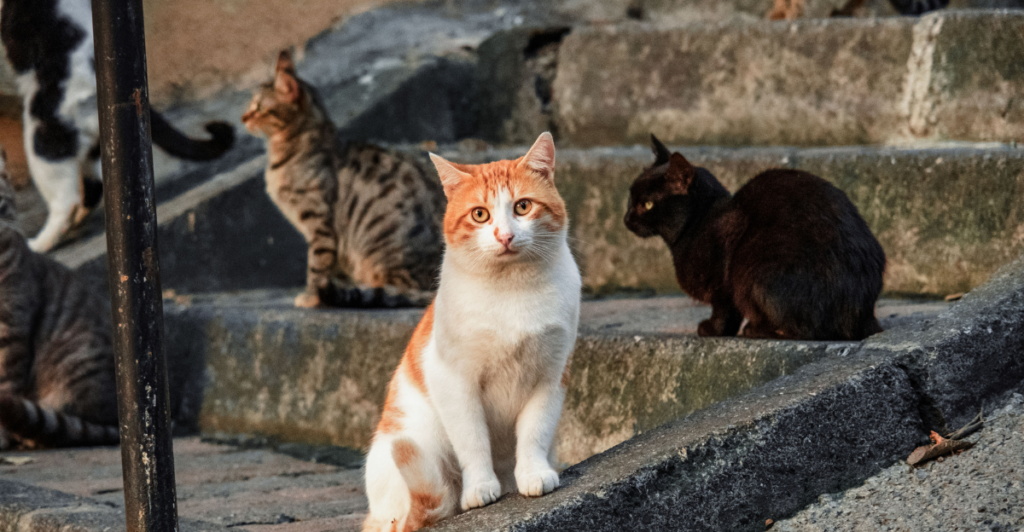
Cats can seem aloof, but they are said to know that death is approaching, particularly in humans. In hospices and homes worldwide, there are countless reports of cats curled up alongside humans during their last few hours.
They offer reassuring, peaceful companionship. Some sit, others softly purr, not budging until death comes. According to scientists, cats may sense changes in body temperature, aroma, or demeanor, even if it could be believed that something more elemental is taking place. But by nature or by instinct, these feline guards offer calm camaraderie where it’s most necessary.
4. Horses – Herd Instincts and Heart
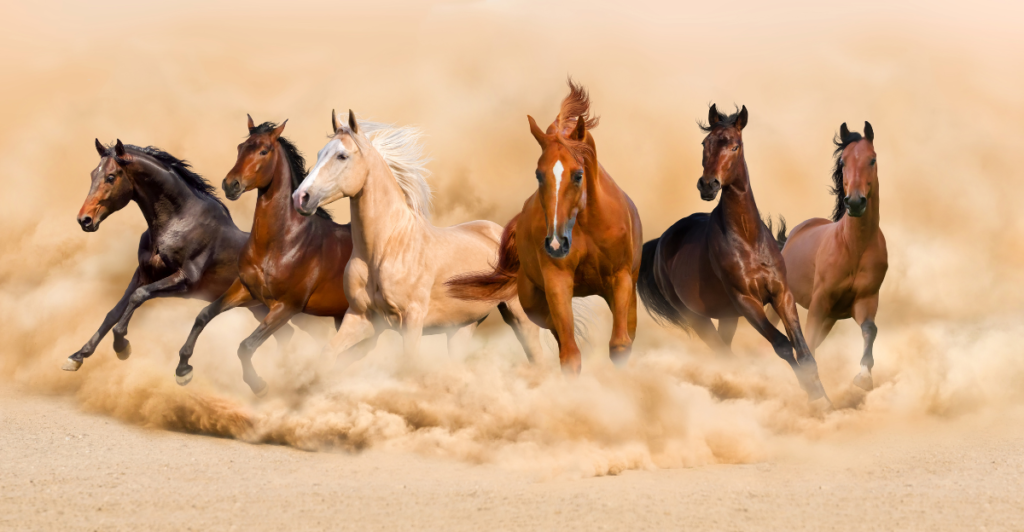
Horses are very social animals, subject to forming intimate ties in their herds. When a singular horse’s health starts to decline, the others will occasionally sit in a circle with them, nuzzling, pacing, or standing silently next to them.
This behavior seems to be a reaction to change, a response to loss, and even grief. Scientists have not yet decoded the entire meaning of these demeanors. But one thing is certain: horses notice when life is coming to an end. And they can’t ignore it.
Their sensitivity reminds us that empathy isn’t just a human privilege. In open fields, where danger and beauty grace, horses remind us how important it is to stick together.
5. Crows – Funeral Congregations in the Sky
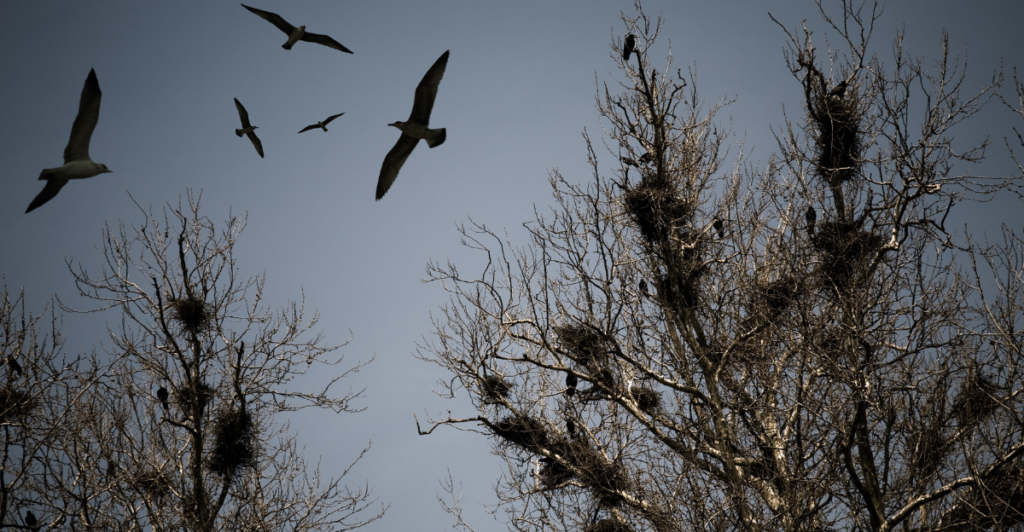
Crows are insanely smart birds. They have been symbolic of death. Their behavior towards it is unsettling but fascinating. When a crow dies, others will swarm around the body, loudly cawing and swooping overhead in what seems like a ritual.
Scientists find this “funeral” functional: it teaches crows who and how it died and, possibly, how to prevent the same thing from happening to them. It’s also a unique demonstration of social learning in the wild.
Do they grieve? Perhaps. Or it could be about respect, restraint, or collective tact. Either way, their odd air rituals make an impression. These dark, slender birds teach us that intelligence can be dressed in black feathers.
6. Dogs – Loyalty to the Last Breath

Dogs have been our loyal companions for centuries. When death approaches, their loyalty compounds. Many dog owners have reported that their dogs become restless, clingy, or unnaturally calm when someone close to them is dying.
Some dogs won’t leave their owner’s side even after death. Hospice centers have used therapy dogs for decades because of their remarkable ability to comfort patients at the end of their lives.
Experts believe dogs may sense changes in scent or chemistry of the body. But many are convinced it’s something more: an emotional perception into what’s really happening. Their dedication is subdued but determined, reminding us why we call them “man’s best friend.”
7. Whales – Mourning Beneath the Surface

Whales are massive ocean gentle giants, known for sophisticated communication and intense pod bonding. When whales die, their friends will linger around the body, calling or even trying to swim it back to the surface.
Some mothers carry their dead calves on their backs for days without disposing of them. These behaviors make us wonder whether whales understand death and if they mourn.
Beneath the infinite emptiness of the ocean, whales appear to grieve in their own ways through closeness, and touch among their gam.
8. Ants – Order in the Face of Death
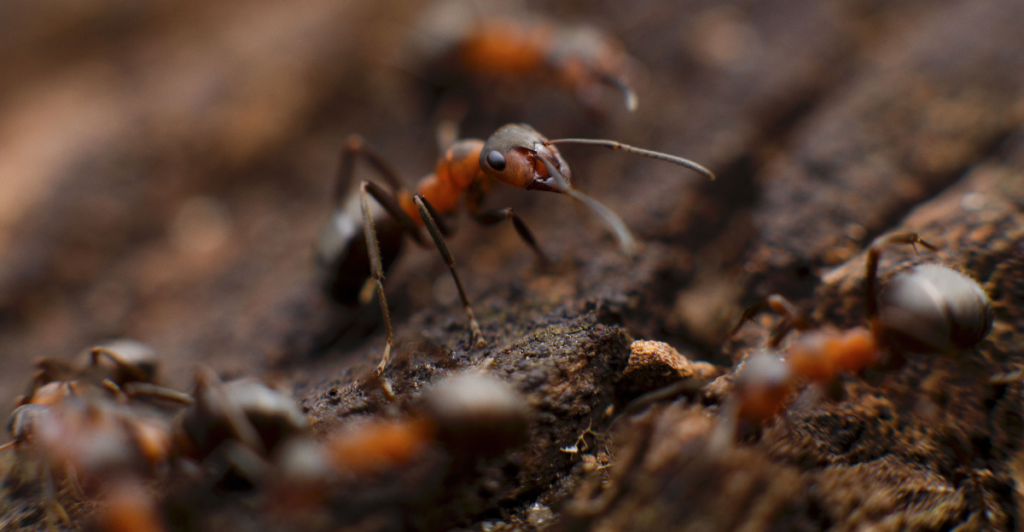
They’re tiny, but ants run some of the most advanced societies on earth. How they see death is reflective of this advanced way of life. If an ant dies, its colony quickly notices and ejects the corpse, typically relegating it to a special “graveyard” area.
There’s no nostalgic mourning but the process is necessary for the colony. Dead ants release chemicals that signal their death, which triggers cleanup gangs.
However, this efficient system unveils a profound truth: even the smallest of creatures understand death and respond arguably appropriately.
Ants don’t cry or waver. But their quick, collective reaction reminds us that existence is not solely up to strength, but unity. Nature values every function of life, even intangible ones.
9. Butterflies – Gentle Symbols of Transition
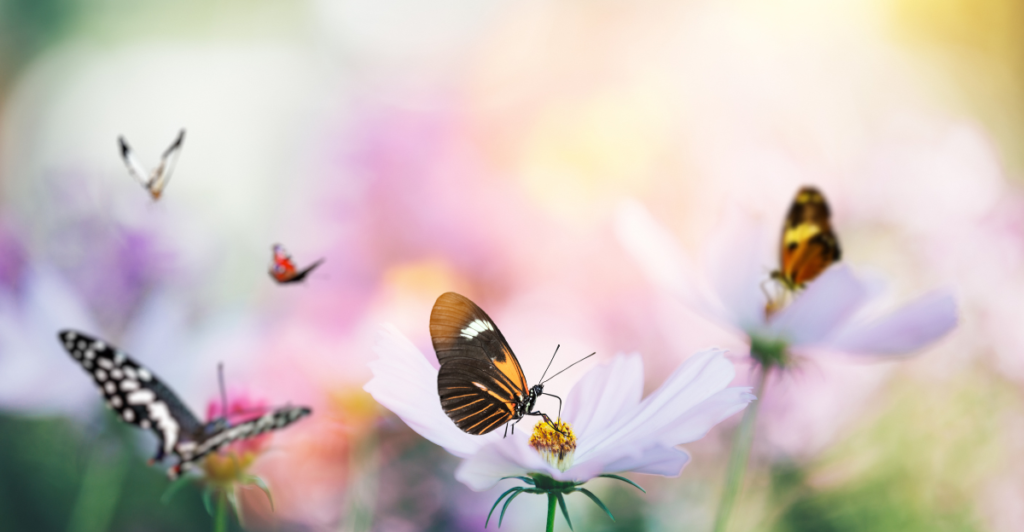
Butterflies are also linked with change, and scientists believe they are able to detect death. Present during funerals or during mourning, their appearance is said to be related to the soul’s passage.
It is more scientifically probable that butterflies react to sun, light, and blooming flowers and not to mourning, but nevertheless, their appearance can be reassuring. Their transparent wings and noiseless flight are like a last breath in the wind, a lovely parenthesis in a sad moment.
Whether religiously symbolism or mere coincidence, butterflies leave a trace. Considering their lives typically only last a few days, they appear to remind us that finality is inevitable but not always the end: it may be just beginning.
Explore more of our trending stories and hit Follow to keep them coming to your feed!

Don’t miss out on more stories like this! Hit the Follow button at the top of this article to stay updated with the latest news. Share your thoughts in the comments—we’d love to hear from you!







